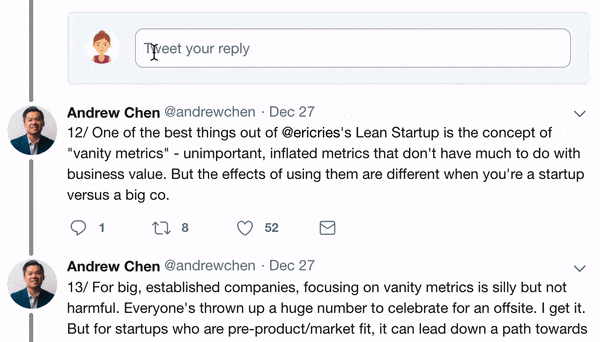
Individuals who fight in armed conflict tend to be anti-democratic.
With one exception: Violent resistance in defence of democracy.
🧵 on our research on the psychology of violence & why the ultimate defense of democracy requires understanding anti-democratic impulses. (1/14)
With one exception: Violent resistance in defence of democracy.
🧵 on our research on the psychology of violence & why the ultimate defense of democracy requires understanding anti-democratic impulses. (1/14)
Democracy is the principled recognition of equality in power. Autocracy is the opposite.
Psychologically, an orientation to autocracy draws its strength from so-called dominance motivations (doi.org/10.1177/095679…). (2/14)
Psychologically, an orientation to autocracy draws its strength from so-called dominance motivations (doi.org/10.1177/095679…). (2/14)
All humans seek status. But paths differ (doi.org/10.1037/a00303…). *Prestige* is status in exchange for problem-solving. *Dominance* is the desire to acquire status from fear via intimidation & aggression.
In the game of status, dominance is the strategy of the predator. (3/14)
In the game of status, dominance is the strategy of the predator. (3/14)
Preferences for autocracy are dominance motivations at the national level.
On 3 continents (Africa, Europe & US), we found that autocratic people are more likely & more willing to use political violence & the link is a desire for dominance (doi.org/10.1177/095679…) (4/14)
On 3 continents (Africa, Europe & US), we found that autocratic people are more likely & more willing to use political violence & the link is a desire for dominance (doi.org/10.1177/095679…) (4/14)
In a large experiment in 🇩🇰 (a country with a history of resistance vs the Nazis), we found that democrats & autocrats were *equally* likely to report a willingness to violently resist in the defence of democracy (doi.org/10.1177/095679…) (5/14) 

This reveals that there is a possibility of large-scale popular mobilization in defense of democracy because this aligns the goals of those motivated by dominance & those motivated by democracy. (By implication, always expect resistances to include a share of extremists). (6/14)
But it also reveals how antithetical the use of violence is to democrats, focusing on prestige rather than dominance as a conflict-resolution device. Thus, the surprising thing is that democrats are *no more* willing to fight for democracy than autocrats! (7/14)
Dominance motivations are not just found among the people. They are very much found among leaders too (doi.org/10.1016/j.cops…). Putin fulfils all characteristics. If true, it is key we understand that we are up against a person motivated by predatory rationality. (8/14) 

This involves understanding how dominance contests differ from the regular games of prestige that democratic individuals are used to. And how success in dominance contests involves accepting & acting on impulses that are completely alien to prestige-oriented individuals. (9/14)
Is this possible? Our research suggest that it is and, in fact, that in the face of conflict, dominance motivations may naturally be activated. We have two studies that is tragically on point for the situation facing Ukraine & Europe. (10/14)
We conducted a study in Ukraine in 2014 when Russia invaded Crimea (onlinelibrary.wiley.com/doi/full/10.11…). Among those in the regions most exposed to the war, feelings of anger elicited dominance motivations in the form of preferences for dominant leaders. (11/14) 

We have also conducted studies in Denmark, priming people with threats of Russian aggression (onlinelibrary.wiley.com/doi/full/10.11…). This prime elicited preferences for dominance in leaders. (12/14)
What does this all mean?
It means that to prevail we need to understand the predatory logic of dominance contests.
It means that this will feel difficult, alien & uncomfortable to most of us.
It also means that we may come to do so more easily as threat increases. (13/14)
It means that to prevail we need to understand the predatory logic of dominance contests.
It means that this will feel difficult, alien & uncomfortable to most of us.
It also means that we may come to do so more easily as threat increases. (13/14)
A final note: I hope you will forgive me for offering nothing but psychological analysis while people in Ukraine are fighting & fleeing for their lives. As a researcher, this is my attempt to cope.
My thoughts are with you. #StandWithUkriane
(14/14)
My thoughts are with you. #StandWithUkriane
(14/14)
• • •
Missing some Tweet in this thread? You can try to
force a refresh






